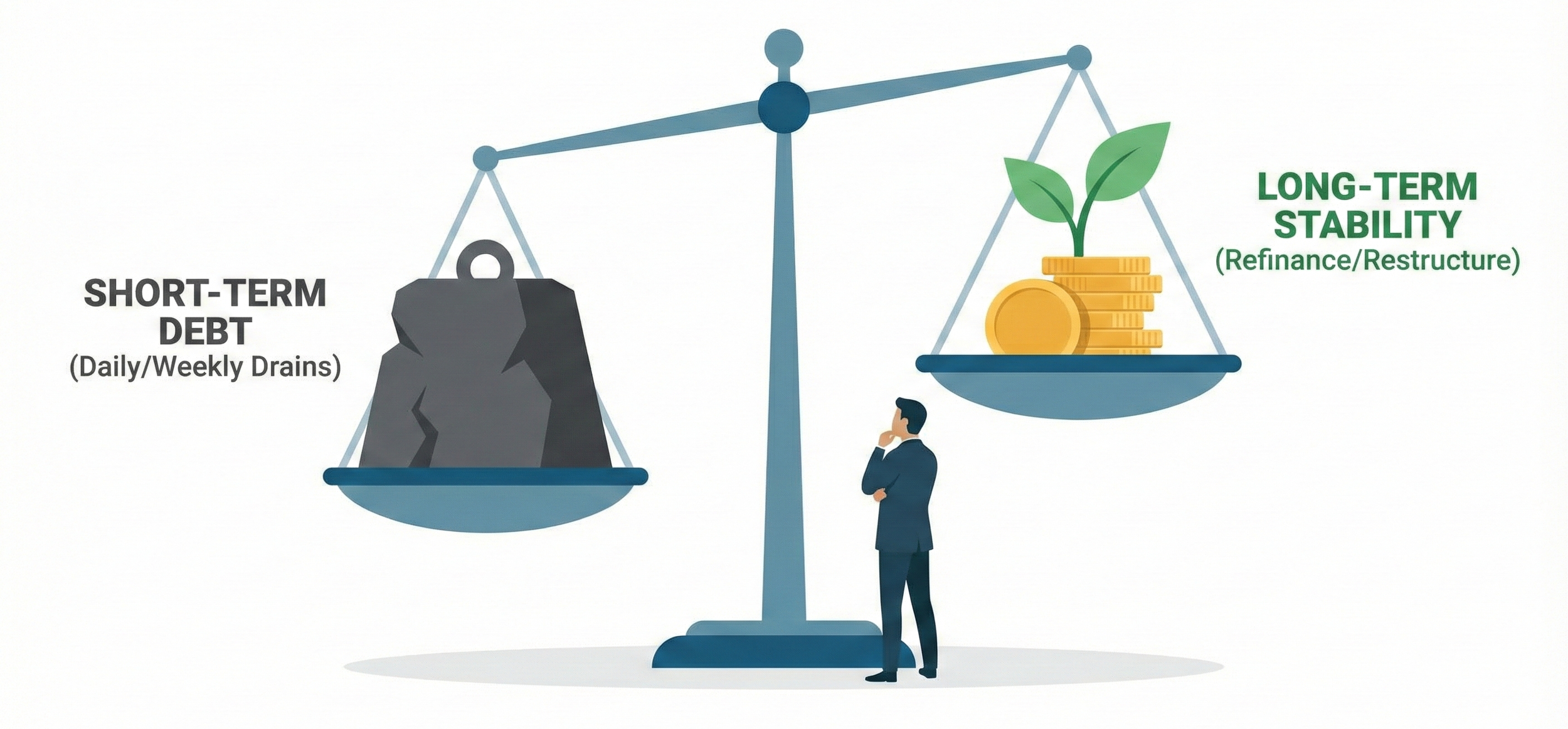Every small business owner knows the feeling of urgent necessity. A piece of critical machinery breaks down, a golden opportunity for bulk inventory arises, or payroll is approaching faster than accounts receivable are clearing.
In these moments, the allure of immediate capital is intoxicating. Alternative, non-bank business lenders and merchant cash advance (MCA) providers market themselves as the saviors of the modern entrepreneur, offering funds in hours with minimal paperwork. They promise agility and speed, bypassing the bureaucratic sloth of “traditional banking”.
However, this convenience often masks a predatory structure designed to siphon value rather than inject growth. The initial relief provided by a quick deposit rapidly dissolves into a chaotic struggle for survival. What begins as a lifeline transforms into a lead weight, dragging the company beneath the waves of its own obligations. By prioritizing speed over sustainability, these financial products introduce a toxicity that fundamentally alters the trajectory of a business. The damage is not just financial; it is operational, psychological, and often terminal unless restructured and/or refinanced.
The narrative sold by these funders is one of partnership and support, yet the reality is often strictly transactional and extractive. They rely on the business owner’s lack of time and desperate need for liquidity to push through agreements that no traditional bank would ever sanction.
Let this serve as a warning: the speed of funding is almost always inversely proportional to the safety of the financing.
Understanding this trade-off is the first step in protecting the business legacy you have built.










